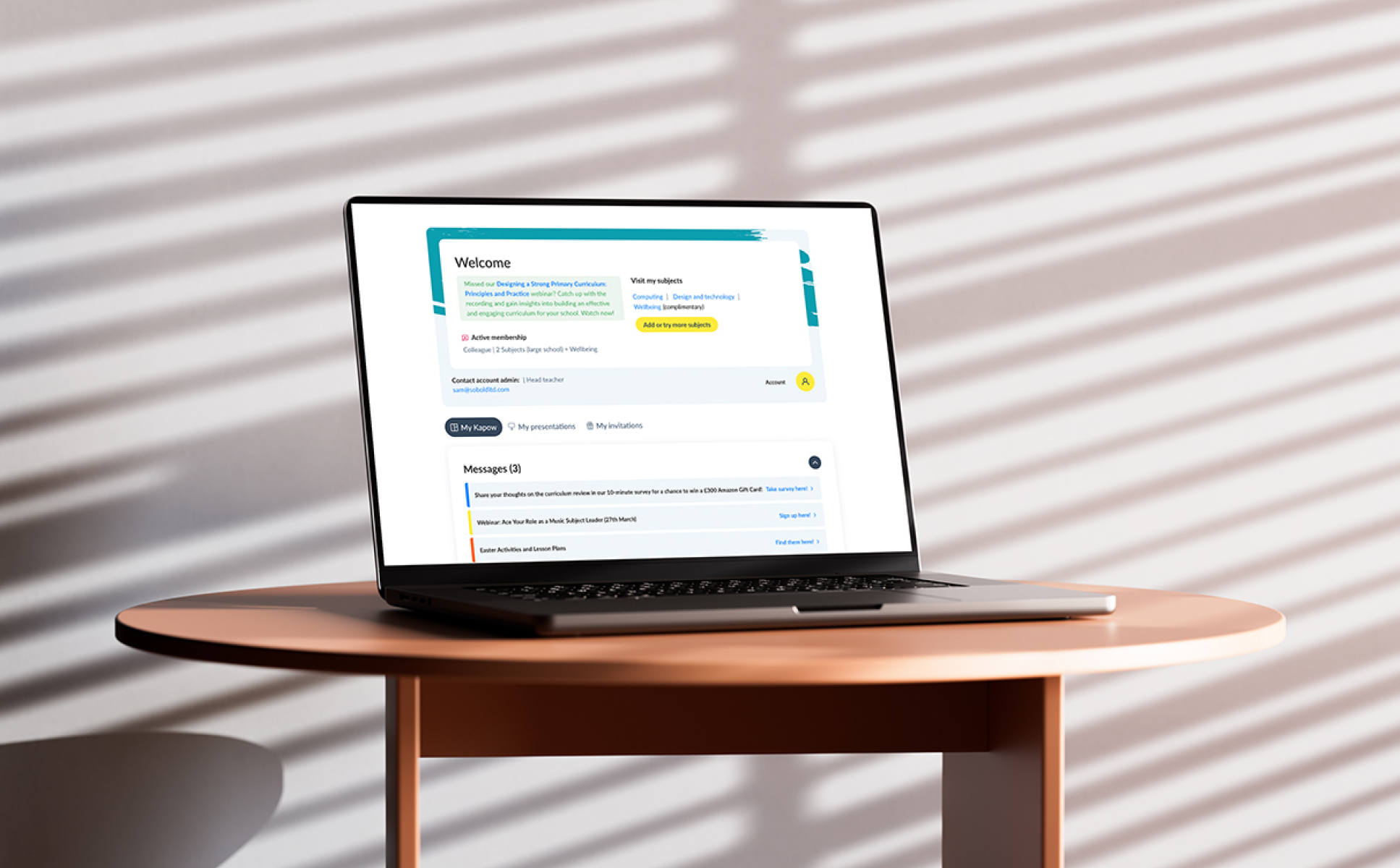We’re thrilled to announce that SoBold has been nominated as a finalist for an award at The Drum Awards for Marketing.
We’ve been nominated for our team’s outstanding work developing RedeWire, a unique, “game-changing” online portal for global financial services business Rede Partners LLP.
The Drum Awards for Marketing
The Drum Awards for Marketing are intended to highlight agencies and marketing teams that truly understand their clients. Focusing on outcomes, not outputs, these awards are designed to celebrate teams who have demonstrated the measurable value their work has delivered for their clients.
We’ve been nominated as a finalist in the transformation category. This category rewards creative and innovative thinking from agencies who have created a change in model or product to enhance experiences for their clients and their end-users.
The criteria on which the finalists were selected for this category included:
- Innovation
- Creativity
- Clear strategic thinking
- Effectiveness
- Tangible results.
We’re incredibly proud to be named as a finalist for this award, especially since innovation, creativity, and strategic thinking are qualities that we actively strive to put into every project we work on for our clients.
“Game-Changing” Innovation – the RedeWire Platform
Global private equity (PE) fundraising advisory firm, Rede Partners, has a mission-critical process of keeping a large network of limited partner investors (LPs) updated with relevant, timely information about opportunities to invest in client funds.
The previous method of communicating this information to LPs was a large static PDF doc, produced once per quarter, shared with LPs via email. That approach is standard within the fundraising advisory industry, with many of Rede’s competitors using a similar approach.
But the Rede team recognised this needed to become more engaging for their clients, and our team here at SoBold provided an opportunity to innovate and transform this process.
We worked closely with Rede’s stakeholders to understand their challenges and define a clear set of strategic objectives. This allowed us to identify a way to remove this long-winded, one-way communication process with LPs and create a dynamic, interactive online portal.
RedeWire is the first of its kind, and has been identified as a “game-changer in the industry” by Rede’s LPs.
RedeWire successfully met Rede’s complex set of requirements, allowing them to:
- Make a critical client engagement process increasingly efficient and effective
- Provide each user with a personalised experience that includes tailored investment information and updates
- Obtain more data about user engagement and leverage that to improve other services
- Accelerate and increase investment in client funds, driving significant commercial growth for the firm
- Use an industry-first digital tool to gain significant competitive advantages.
The portal has already exceeded expectations for adoption, as it has made one of Rede’s critical points of communication with investors more efficient, effective, and engaging.
Check out our case study to learn more about the RedeWire platform here.
What they Had to Say
Gabrielle Joseph, Head of Due Diligence and Client Development at Rede Partners LLP, said:
“Originally conceived as a game-changer within our industry, we are thrilled with the outcome of RedeWire and have had several clients highlight how intuitive and easy to use the platform is.”
“Throughout the project, SoBold clearly understood our vision and provided thoughtful solutions to our needs. Choosing to partner with this team was one of the best decisions we’ve made, and we couldn’t be happier. We look forward to continuing to work with the team as the site evolves.”
One early adopter of the RedeWire platform also provided highly positive feedback, saying:
“This is a massive time-saver for everyone. I can’t believe how fluid and user-friendly it is. It will be a useful tool in 2023. We’re super impressed.”
Waiting for the Results
The results will be announced at the live awards show on June 15, 2023, in London. Congratulations must also go to our fellow finalists, Yodel Mobile, Braze, and Coterie Marketing.
Please keep your fingers crossed for us until then, and keep an eye out for the results this time next month!
In the mean-time, you can discover how financial services businesses should approach bespoke web development projects to successfully embrace digital transformation here.






